
Ever since Sony offered us a way to get traditional medium format quality photographs with the small and lightweight α7R, sharpness aficionados like me have been been made aware that most of our film era lenses are not quite a match for those wonderful small tools. What was still good and sometimes excellent on 24 megapixels will not impress the Sony α7R with its 36 megapixels sensor anymore. It has resulted in a small mountain of not-in-service adapters on one of my shelves.

A word first about the often neglected character of a lens. Talking about the image characteristics produced by lenses is like describing visual experiences we get from looking at paintings or like putting what we feel about music into words; intruding in one area of experience with the medium of another one. It soon sounds trite and conveys little meaning. Just have a look at the text of an average art exhibition catalog. Any skill I may have is not quite up to it, and perhaps the best way to talk about the character of a lens is to go on about roughly when and for what reason we would like to have it on our camera.
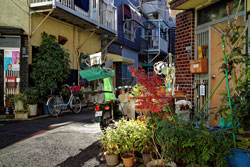
I went around the corner of my apartment and chose a spot where I had stood many times before to test lenses.
It shows the world’s tallest tower (possibly Dubai has beaten the Japanese to it by now) looming behind a typical narrow street of Tokyo’s Shitamachi with enough things like water meters close by to check details. The sky was only just clearing and the tower was of a pale silvery gold.


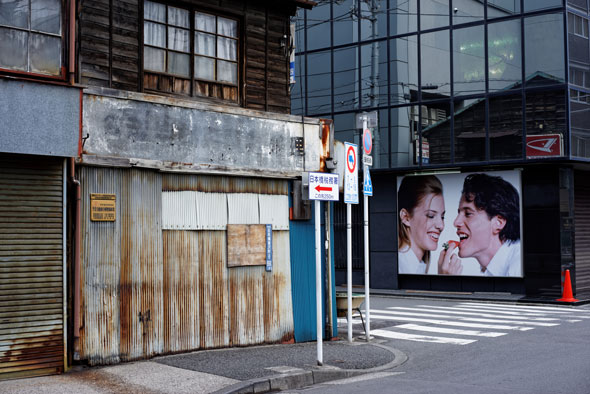
A RAW developer cannot extract such a thing from a file unless a lens has first put it in there. When looking at the first results I knew that I most likely would enjoy his lens for the anticipation while working with it of its special qualities that I would soon see on screen and later in a print. Only a few lenses give us that tonic. I always experience it when using the Zeiss T* 45mm Planar for Contax G, the famous Zeiss Distagon 21mm, and the Sigmas DP2 and DP3 Merrill, and indeed the Zeiss 55/1.8. Let me include an example of this last one. I do not think that I would have taken that picture if I’d had any other lens on the camera.
Sharpness is an important part of it, of course, but there is much more to it than what shows up in test statistics. I do not for example think that the paper cutout cats taken through a shop window would have turned out the way they do as shown here with the use of just any other lens. The Loxia draws them very well. The Distagon 21mm does that kind of thing also in an enticing way. It has to do with the measure of micro contrast that the Zeiss optical engineers have put into these lenses, just not too much but certainly not too little. Those engineers must love feathers and windblown hair on girls with cosmetics-free faces.
You see it when looking at the trees and shrubs around the Buddha statue, and comparing them with those in the photograph taken with the 35mm Sonnar F2.8, which was the first lens that came with the α7R. That lightweight little lens with its funny inverted lens hood (which you always have to dig out of the bottom of your camera bag because it won’t stay on) is not a bad lens at all, as some other comparisons in this post can show.
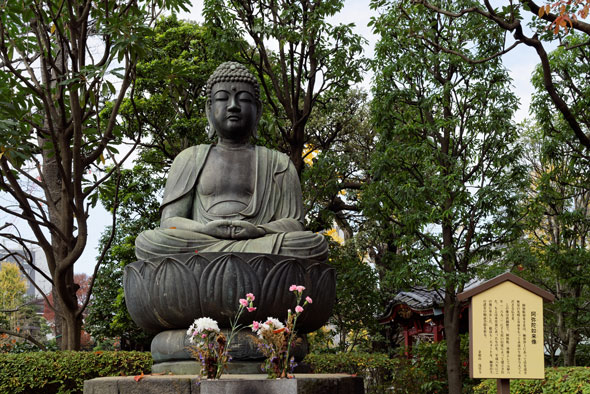
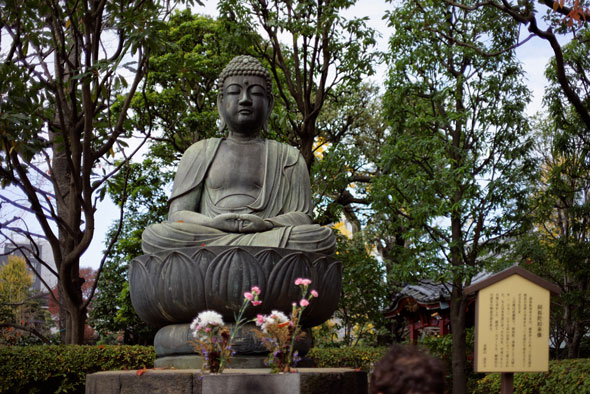
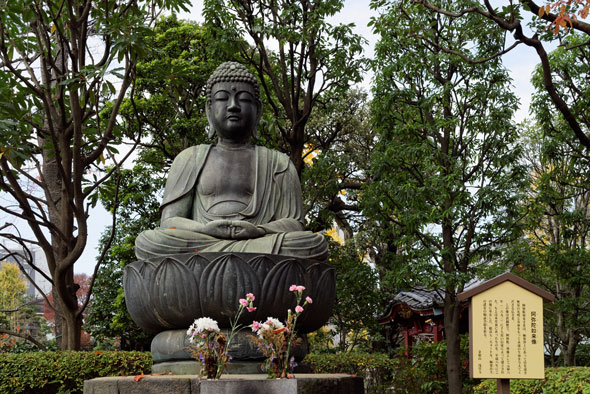
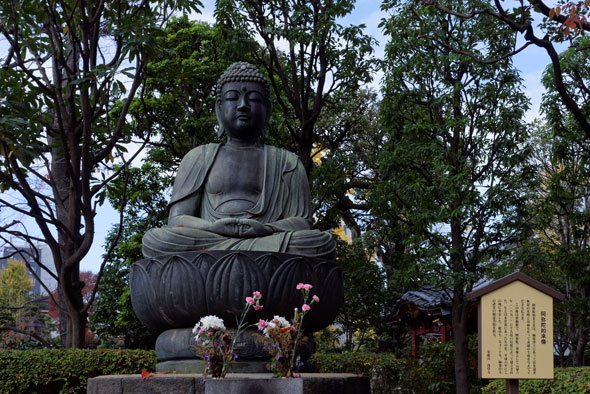
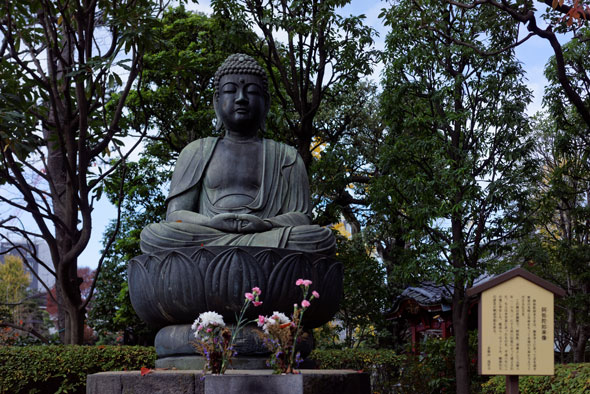
But when you look at the frames taken from one of my favorite Brueghel positions (lots going on among numerous people) at the Sensoji temple in Asakusa, comparing how facial expressions make it on the Loxia and on the Sonnar. Compare those also with the lettering on the far lantern in a frame, taken a year ago from the same position, with one of the best Zeiss lenses ever made, the Zeiss T* 45mm Planar for Contax.
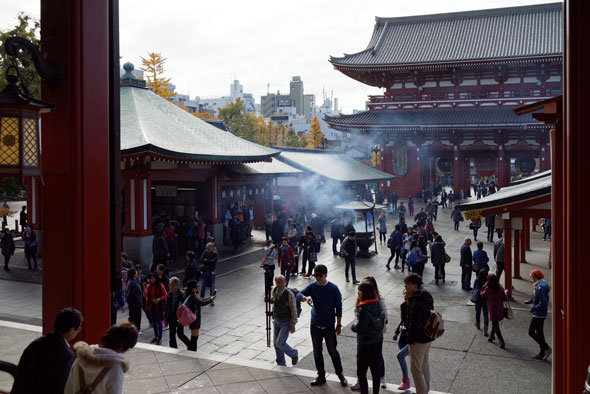
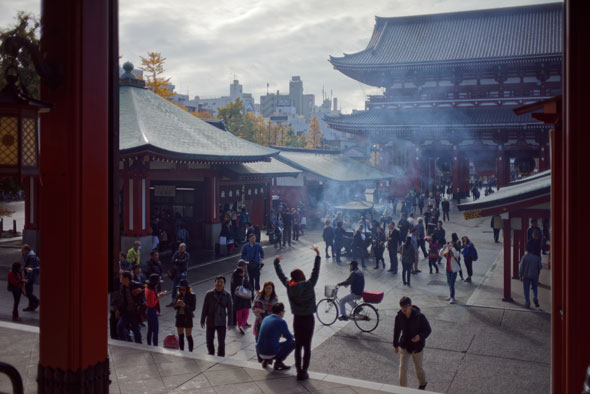

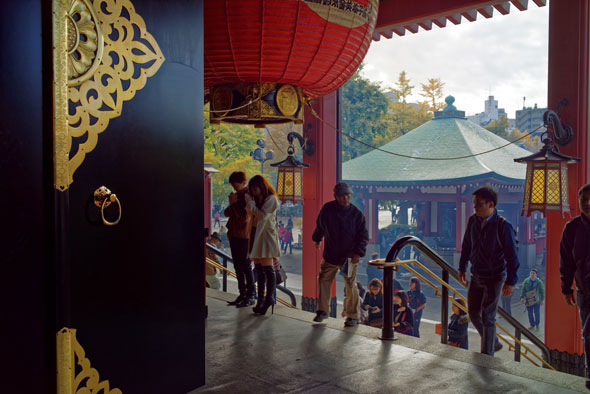
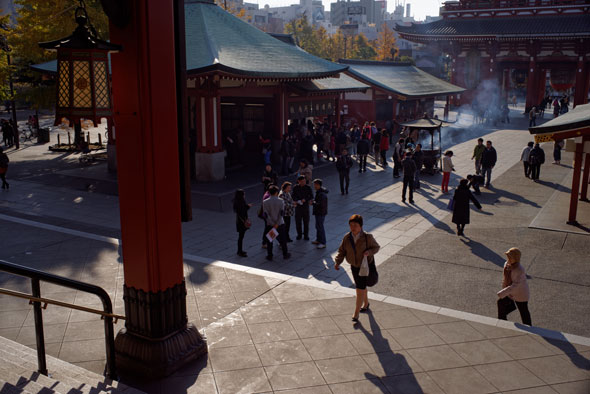
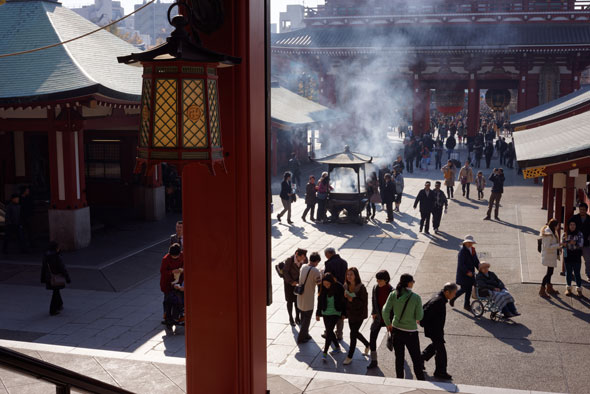
While you are at it, look at a similar photograph and lettering on the lantern taken a year ago with the Minolta 35mm F2, and lament with me the swallowing up of Minolta by Sony. Compare the turning Gingko leaves taken with the Loxia with similar leaves as captured by the great Planar 45.
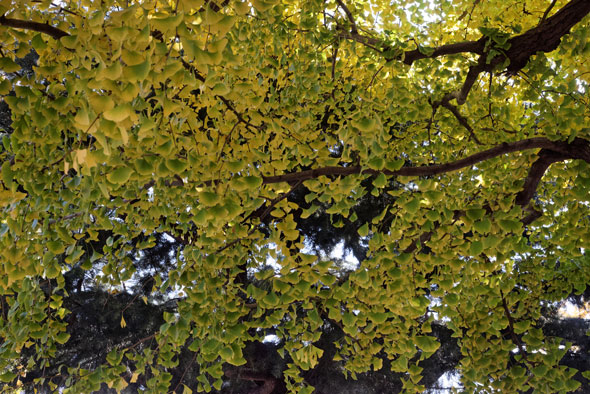
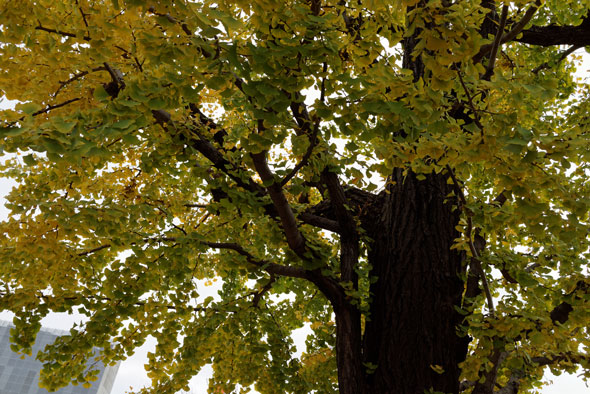

The four images (at F8 and wide open) of the Buddha statue surrounded by trees and shrubs give the best idea of the difference between the two 35s made for the Sony α7 models. Again, this is not a matter of sharpness per se. I actually had trouble choosing between the close-ups of the yellow sweet peas. For a moment I thought that the Sonnar was winning the comparison, although there is a certain harshness about it that the Loxia appears to avoid. Still, I may have accidentally discovered a heretofore unknown strength of the small Sonnar as a closeup lens.
We may also, here, be dealing with a diffraction problem of the Loxia. This is just guessing, but it could be that the Zeiss engineers have been aiming for what is nowadays referred to as the “sweet spot” to be at F5.6. I thought that I had noticed that with the results of the various street scenes shown here. I would rather have it between F8 and F11, for greater depth of field. It is one example of where the bokeh fad has great influence not only on the size and weight of lenses that most manufacturers come up with today, but also as a limiting factor on a the much desired greater depth of field that traditional photographers always hoped they could count on.
For those with an absorbing interest in bokeh, I asked my friend Willem to pose for a F2 portrait with proper out of focus background.
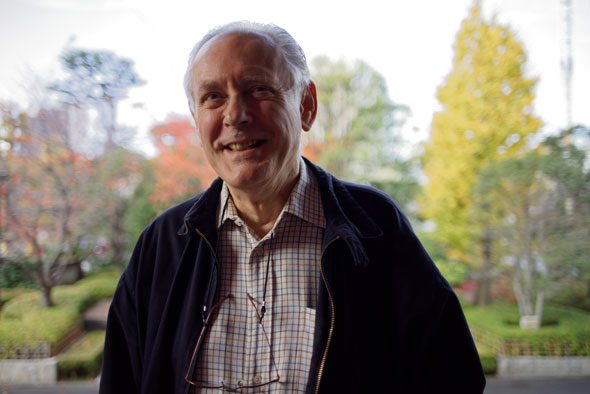
But at F8 and F11 the Loxia is wonderful. Check the ambience of the young couple worshipping at the Sensoji (Kannon) temple. Or the white jerry cans on the side of the fried octopus stand, and the details of the watercolors being painted by the two ladies. Check how it renders the goodies in the frame of the inside-out shop, one of my favorite lens testing subjects, and the wood texture of the highly unusual door to what must be the dwelling of a great wine lover.
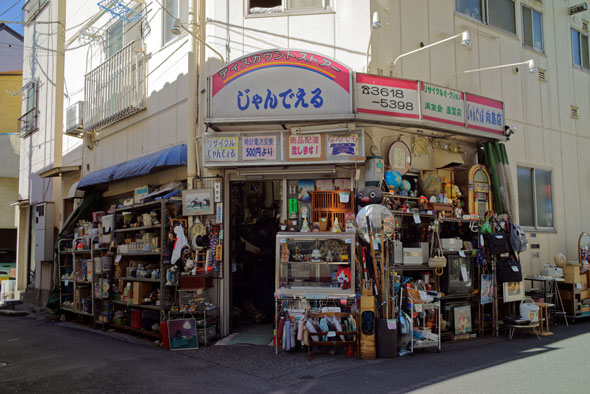
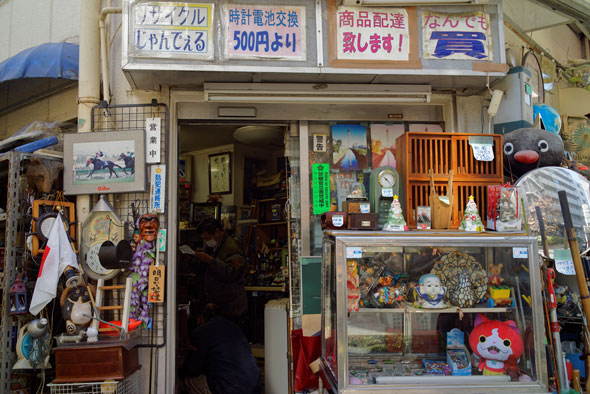
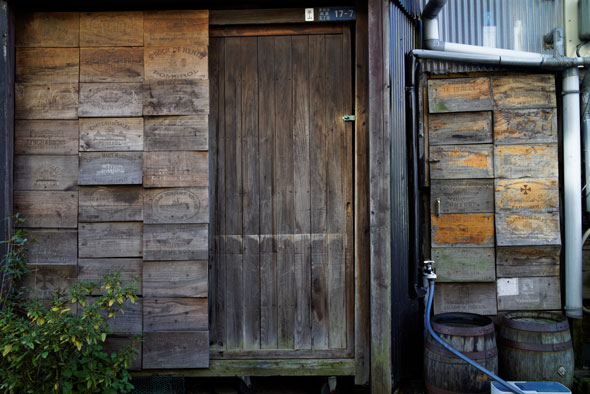
The three photographs of wilted lotus plant leaves also give a good idea of the gentleness with which this lens reveals detail. I have had not noticed before what sadness the Shinobazu lotus pond can convey in late autumn.
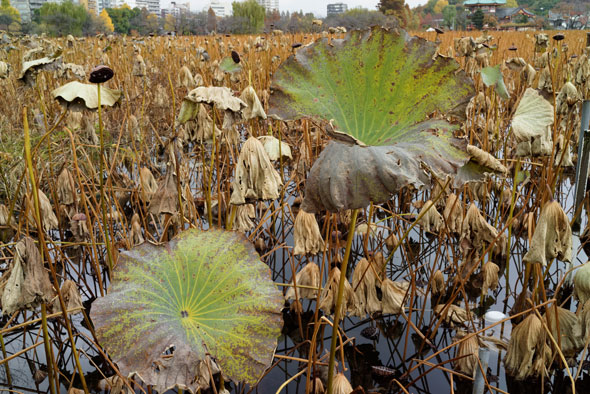
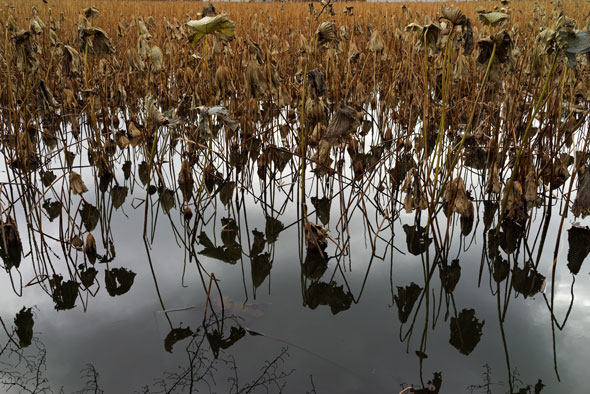
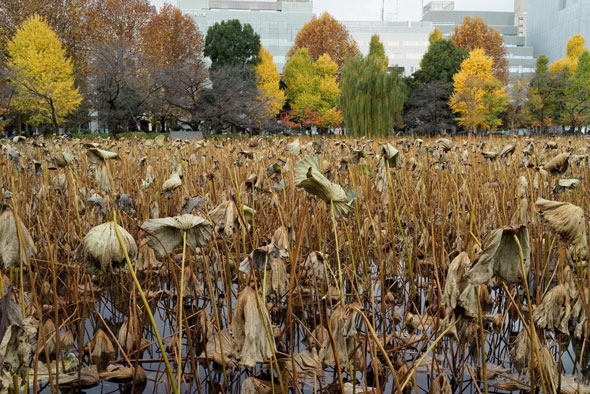
The Loxia looks good on the α7R, as if it was specially made for the camera, which of course it was. It excudes Zeiss solidity. Lens data are electronically transmitted to the camera, which is very useful. What disappoints me is the way that even a slight inadvertent touch of the focusing ring will change where you have put it. It is not loose — remember it is a Zeiss, but I had hoped for more stiffness. This is crucial for a manual focus system that you do not constantly want to adjust. And working with only a left hand, which I’m forced to do, now requires a dexterity of acrobatic-like precision just to avoid the slightest change of focus.
I’m interested in this lens, but I will probably mostly use it on a tripod.
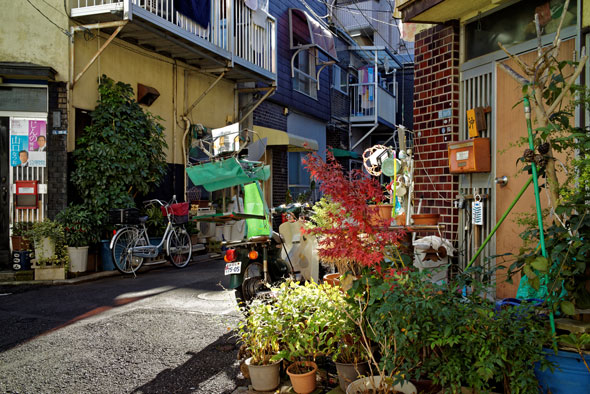

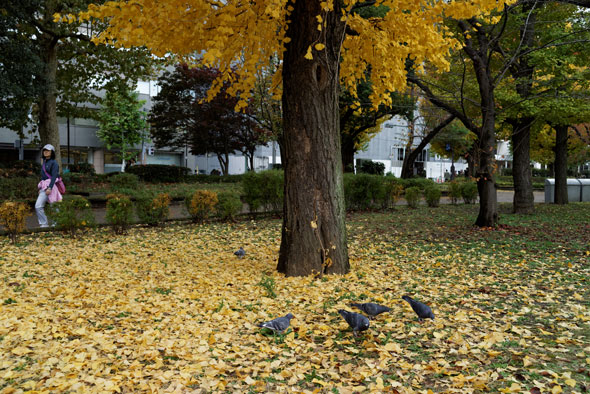

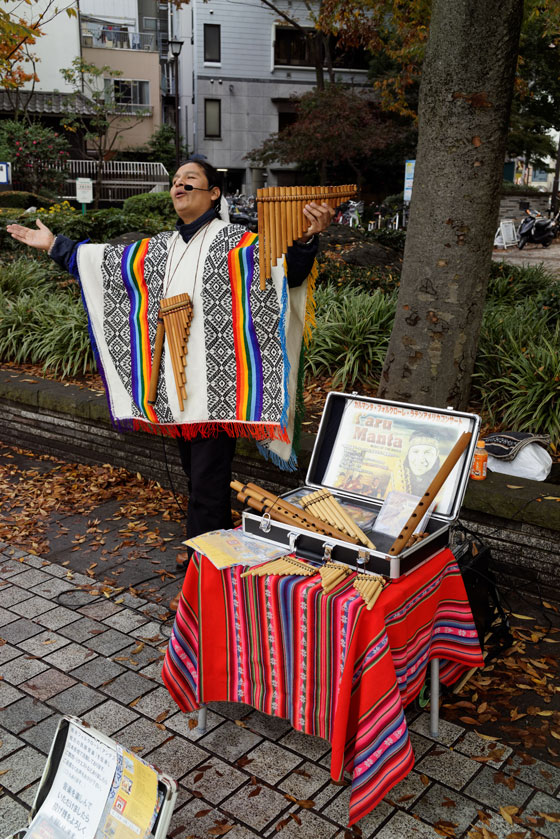
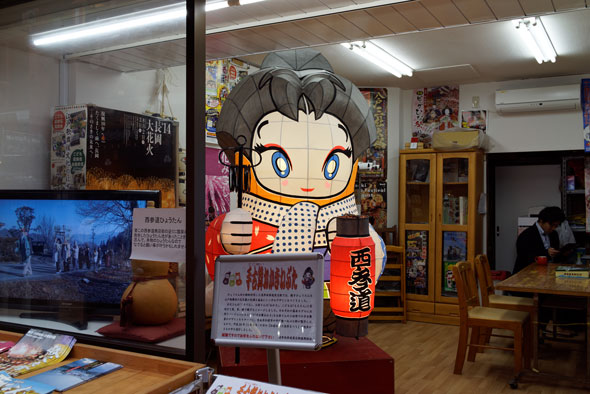

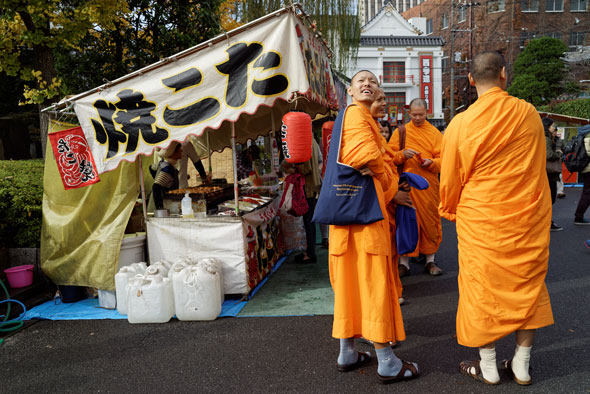
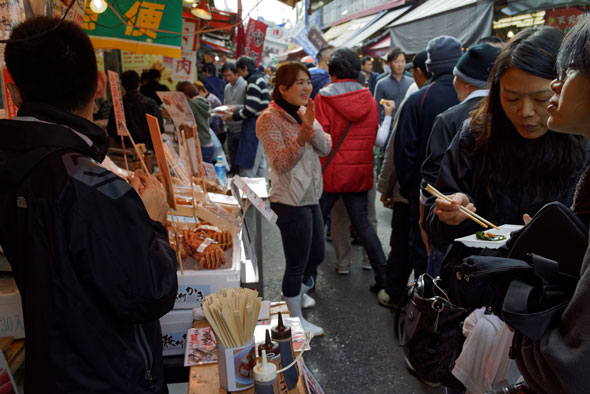
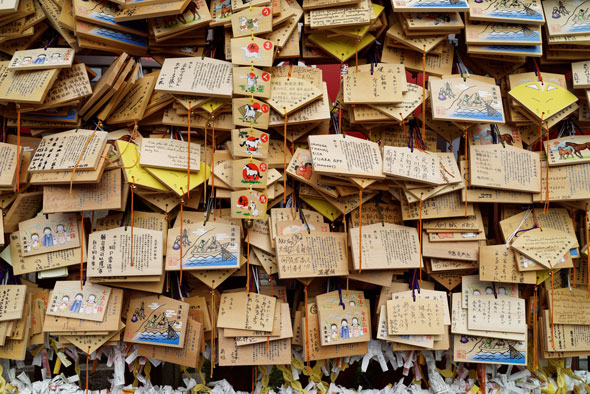

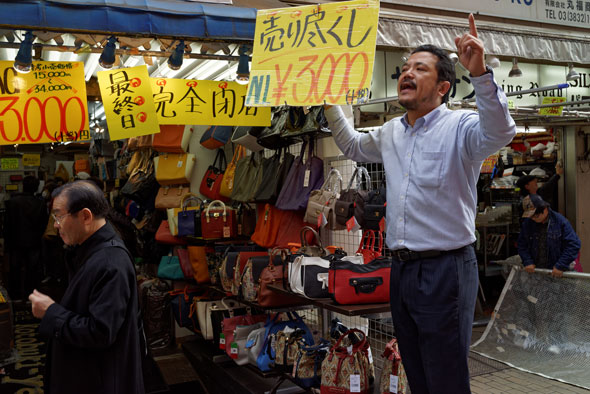
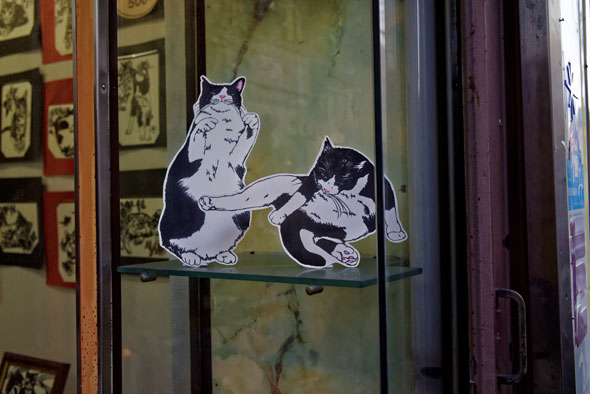
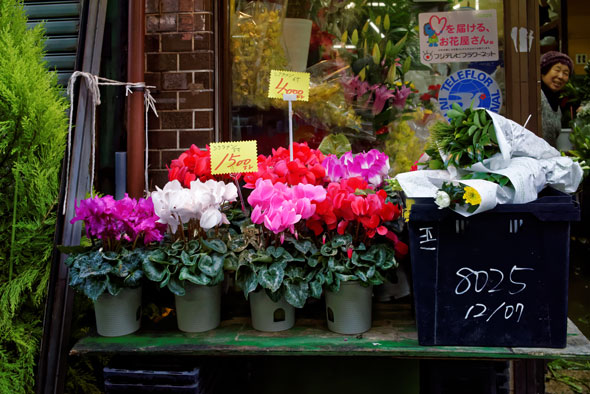
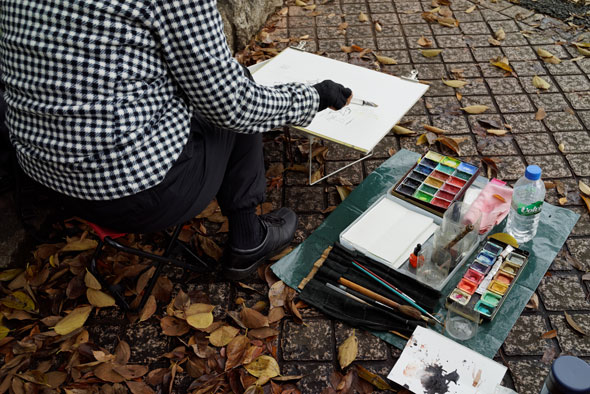
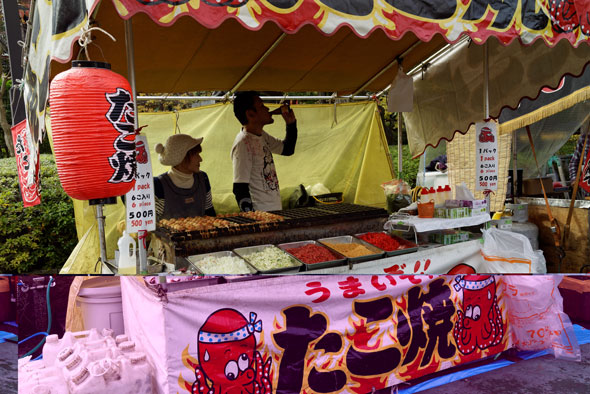
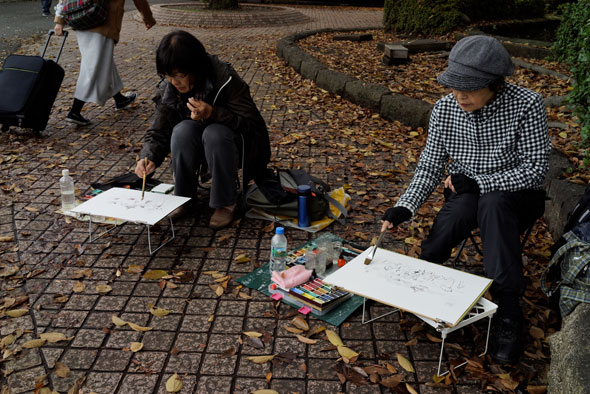
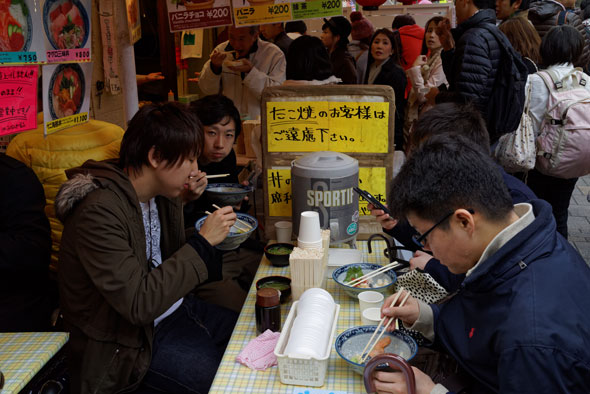
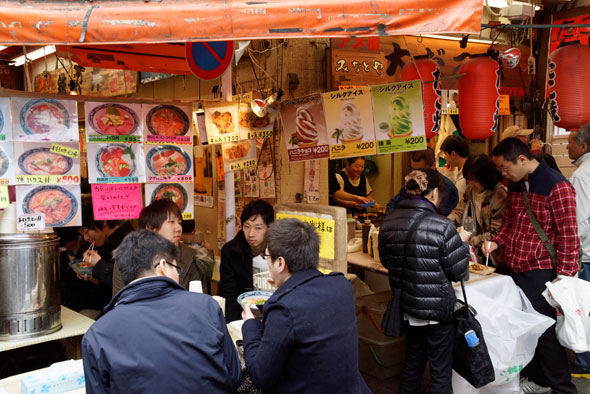
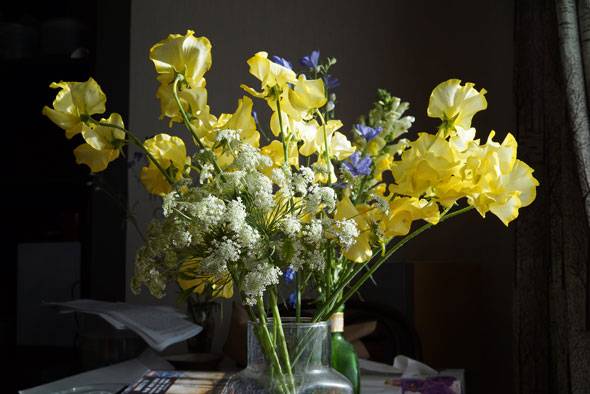
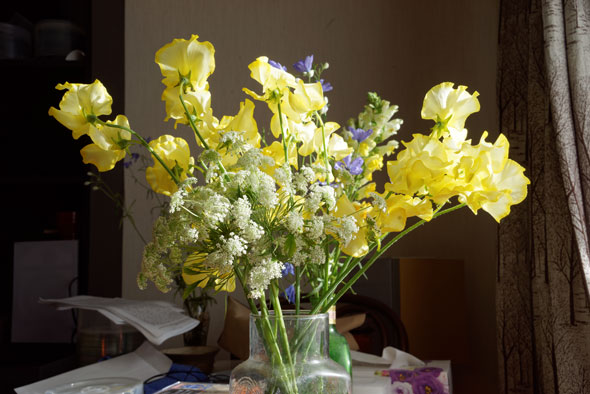
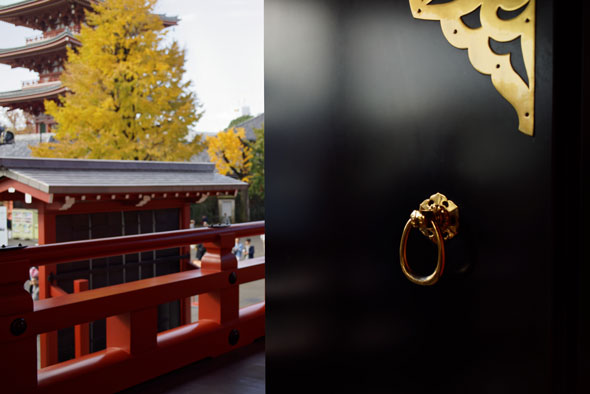
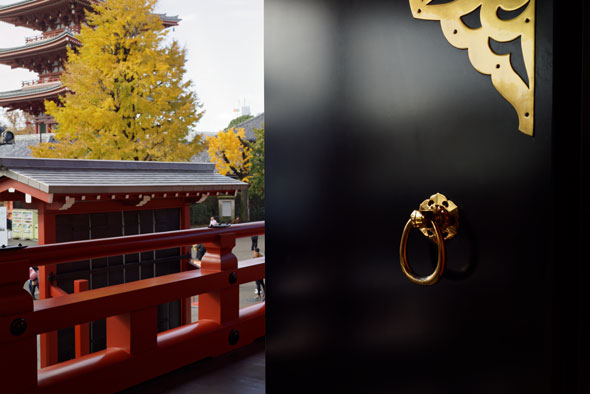
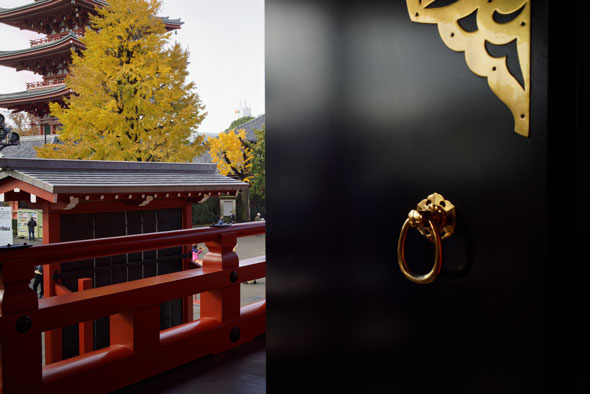
+++ You can order the Zeiss Loxia 35mm F2 Biogon T* for Sony E mount from Amazon, B&H Photo, Adorama, eBay and DigitalRev. Thank you for supporting this site!


